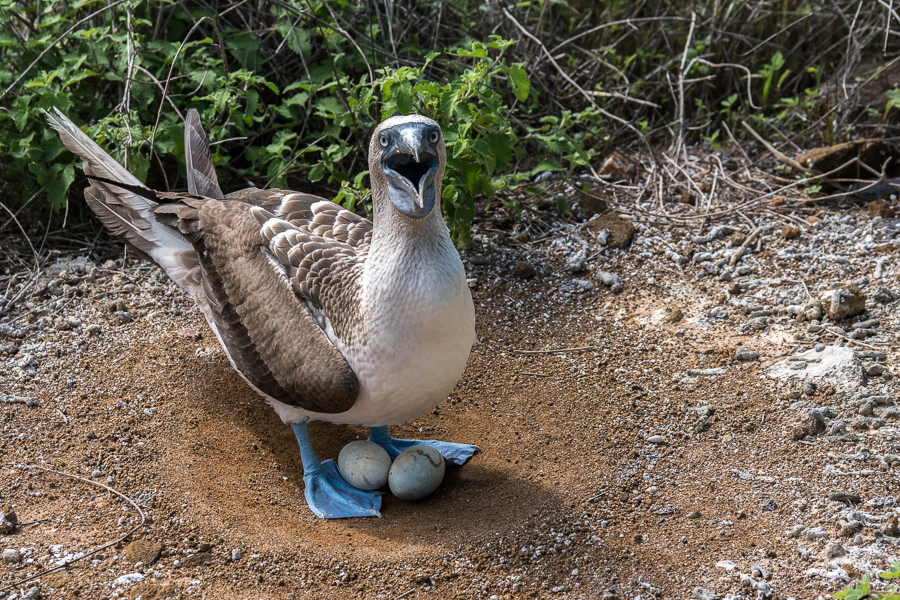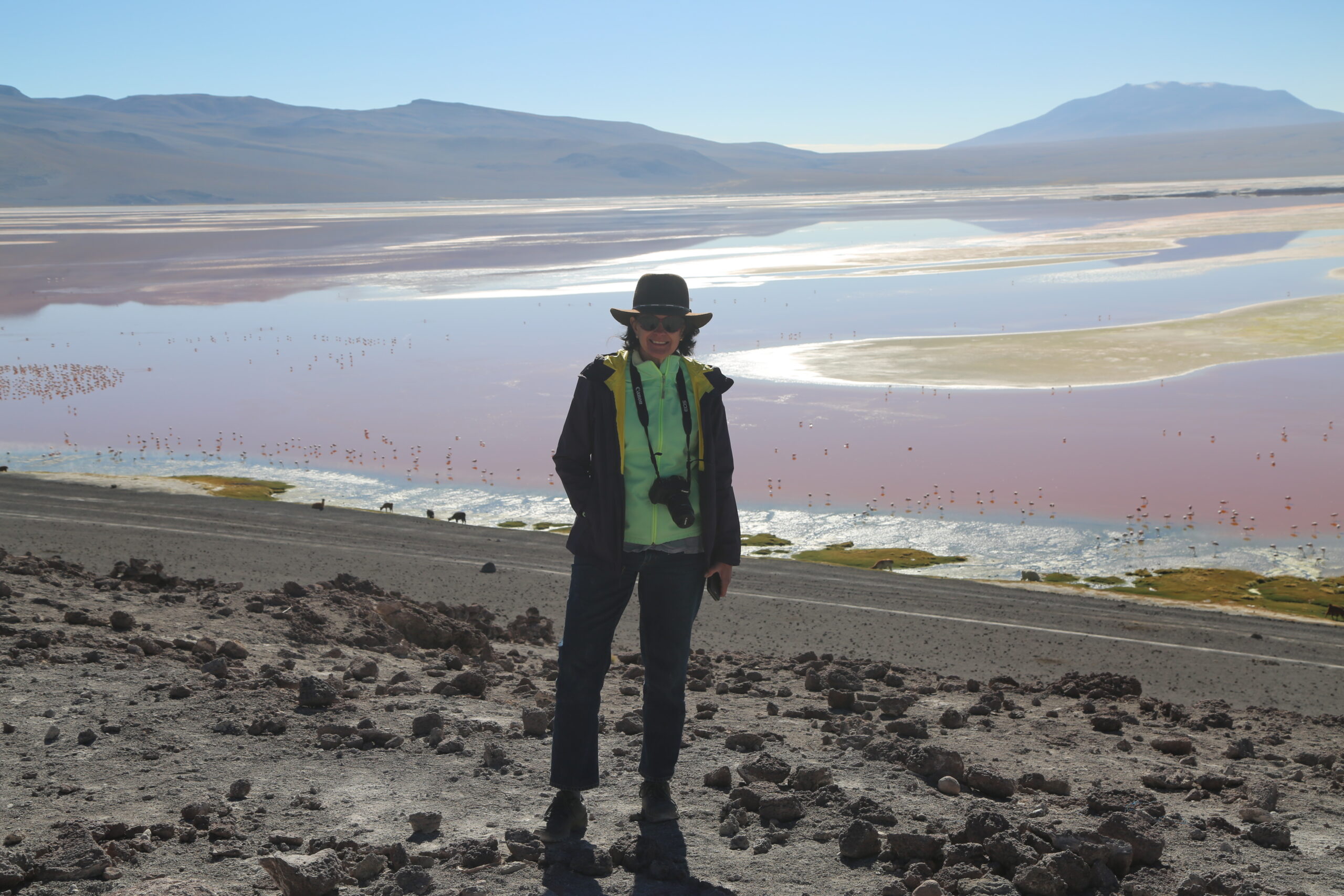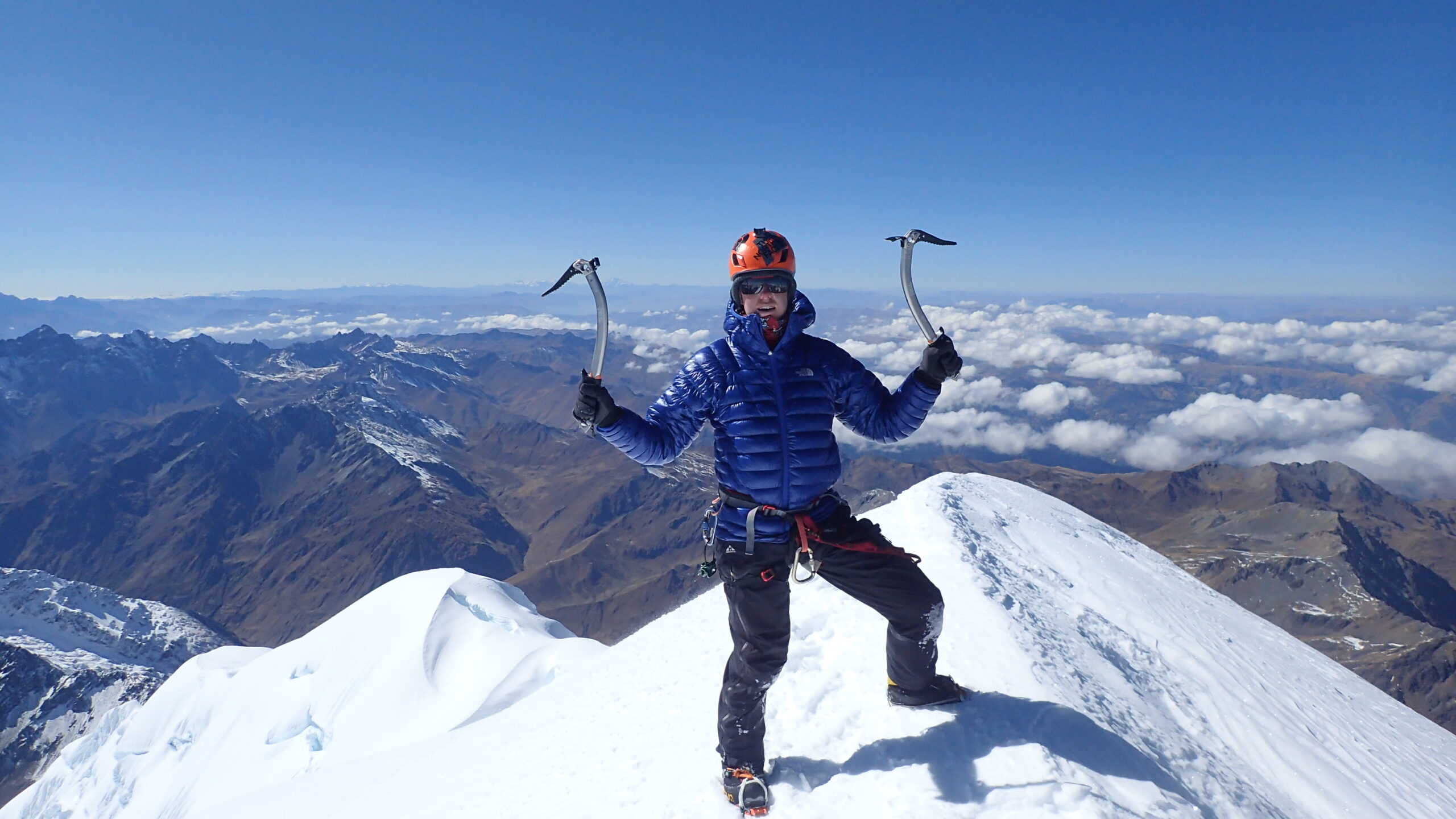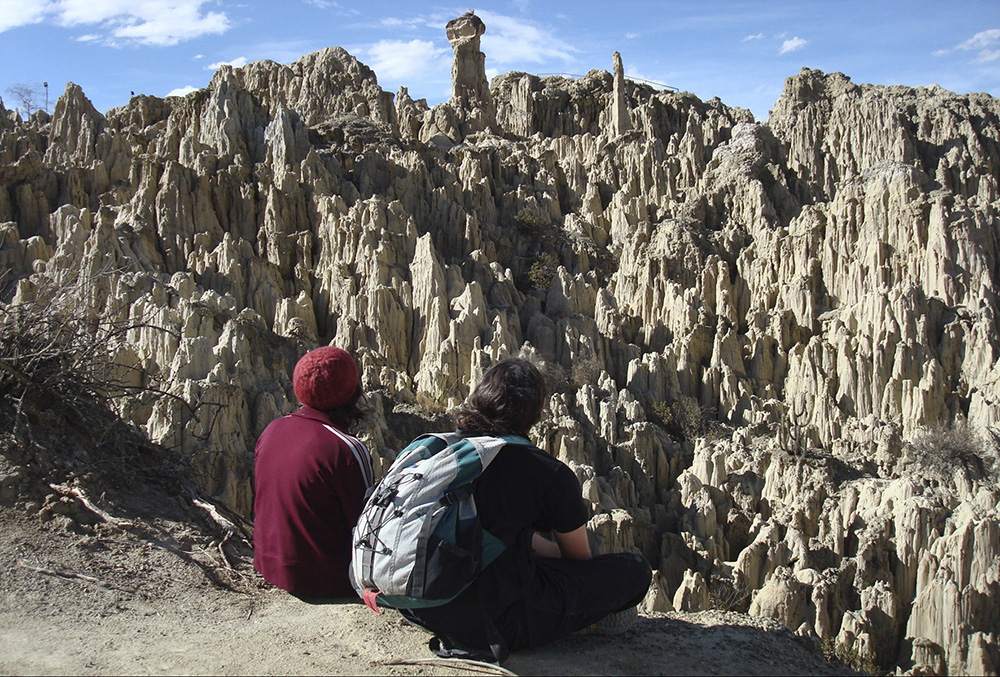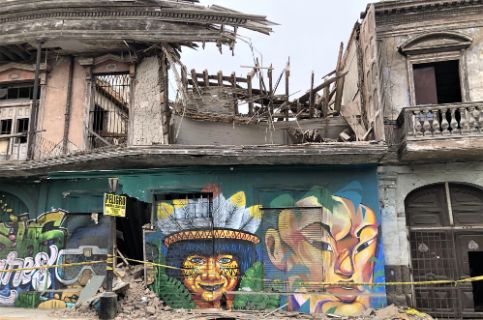Let your wanderlust take you on a journey in time to the conquest of the Incas, discover the connection between a well-known Verdi opera and the city of Lima, or perhaps re-create the exotic flavors of Peru at home thanks to the recipes of a world-renowned Peruvian Chef. At this pertinent time, remember the words […]

